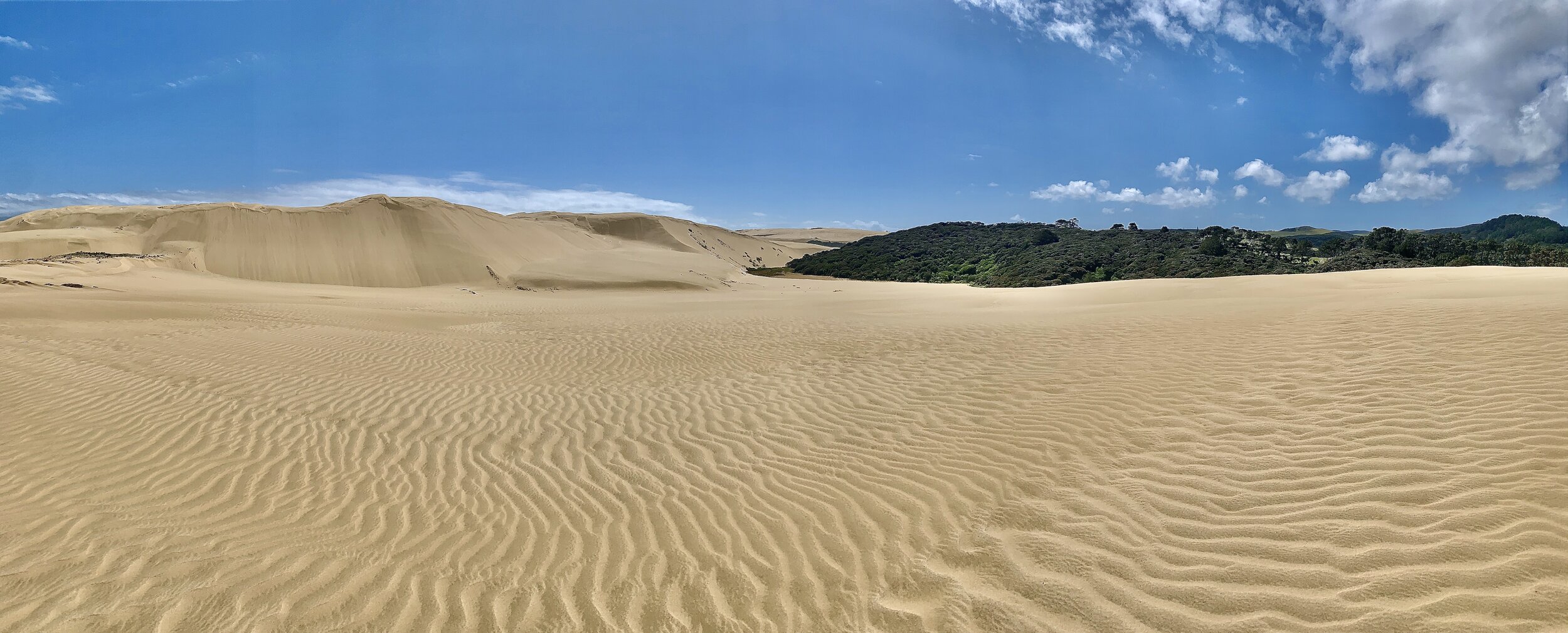As we drove, the peaks of the surrounding snow-capped mountains gradually came into view, reflecting the deep pink and violet hues of a new day. The excitement that comes with a clear day and the promise of several inches of fresh overnight powder filled the car, and after we parked at the Lake Louise ski resort, we donned our remaining ski gear with a sense of urgency. Of course, we were not the only ones with these thoughts, and the lines for both the gondola and Glacier Express chair snaked with a multitude of colourful snow jackets and chatter.
Skiing at Lake Louise
But the mountain has room for everyone, and we skied all morning in sheer glee, finding pockets of powder under the t-bar near the peak and lapping our favorite runs with breathless, leg-burning zest. Eventually, when our quad muscles could take no more, we skied over to the Whitehorn Bistro (located at 6700’, or 2042m, above sea level) to enjoy inside-warming hot chocolate (spiked if that’s how you like it) and fondue served with a range of vegetables and potatoes. It’s for days like this that I tolerate winter.
One of many ice sculptures at Lake Louise
Ice skating on Lake Louise
Skiing isn’t the only reason to come to Lake Louise, a small town nestled in Banff National Park in the Canadian Rockies, approximately a two-hour drive from Calgary International airport. Of the many winter activities on offer, you can go mushing with Snowy Owl dog sled tours, ice skating on Lake Louise, snowshoeing any of the nearby trails, checking out the ice sculptures in front of the Fairmont Chateau, or simply sightseeing in nearby places like the stunning Abraham Lake, where methane bubbles form when the lake freezes over in the early winter. The road there is equally beautiful, winding by Peyto Lake and the Waterfowl Lakes, surrounded by striking, snow-clad peaks. Nature at its wild best has a real way of reminding us how small we are.
Waterfowl Lakes, Banff National Park
Walking across Abraham Lake
Abraham Lake
You’ll also find world-class wine lists and top-notch food: The Post Hotel & Spa as well as the Fairmont Chateau feature both higher-end and less expensive dining options. We had fantastic burgers at the Outpost Pub at the The Post Hotel and delicious cocktails and light bites at the Lakeview Lounge at the Fairmont Chateau, with unrivaled views of the lake and surrounding mountains through the enormous arched windows. We stayed at the Lake Louise Inn, which features spacious rooms and a common area with a large pool and three hot tubs that are the perfect spot to massage your muscles after skiing all day. There are also free shuttles directly to the base of the mountain. Bill Peyto’s Cafe, at the nearby HI Lake Louise hostel, is also walking distance and features large portions across a fairly eclectic menu.
Lake Louise itself is relatively sleepy, so if you’re looking for more of a nightlife scene, stay in the town of Banff, approximately a 40 minute drive from Lake Louise. You’ll find a range of restaurant options and bars to suit most tastes, as well as the Banff Upper hot springs, to which you’ll receive free admission vouchers if you flash your Ikon pass at the SkiBig3 adventure hub on Banff Ave in town. Our favourite spot for tasty, inventive cocktails and delicious small plates is Block Kitchen + Bar, and a short stroll will bring you to the Banff Ave Brewing Co for a selection of local beers while a hockey match (you are in Canada, after all) plays in the background. Reasonably priced accommodation with hot tubs includes Inns of Banff, or Hidden Ridge Resort, a short drive or shuttle ride from the town center. And of course, the Banff Sunshine ski resort is just outside of town, a slightly flatter but still challenging mountain that’s a great alternative to Lake Louise. Both mountains are currently on the Mountain Collective and Ikon passes, so a ski vacation here need not break the bank.
The view at Banff Sunshine ski resort
Should you find yourself back in Calgary with some time before your flight, we thoroughly enjoyed the barbecue and whiskey selection at Hayden Block Smoke & Whiskey in the Hillhurst area. The pork ribs and brisket, washed down by a rye, are a fitting end to an adventure-filled trip to this winter wonderland.
Where to eat & drink
Whitehorn Bistro, Lake Louise Ski Resort, Lake Louise
Outpost Pub (and main restaurant), The Post Hotel & Spa, Lake Louise
Lakeview Lounge, Fairmont hotel, Lake Louise
Bill Peyto’s Cafe, Lake Louise
Block Kitchen + Bar, Banff
Banff Ave Brewing Co, Banff
Hayden Block Smoke & Whiskey, Calgary
Where to stay
Lake Louise Inn, Lake Louise
The Post Hotel & Spa, Lake Louise
Fairmont Chateau, Lake Louise
Inns of Banff, Banff
Hidden Ridge Resort, Banff





































































